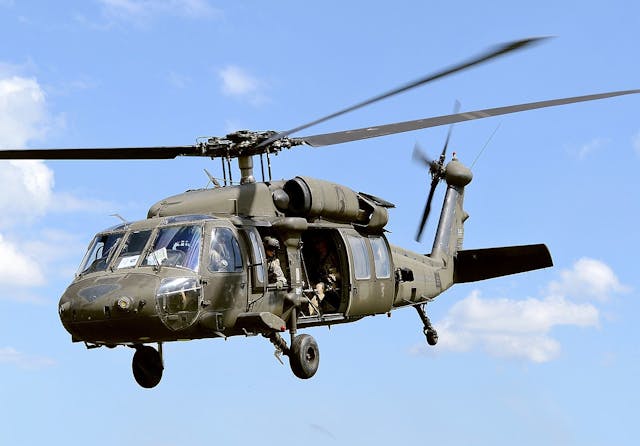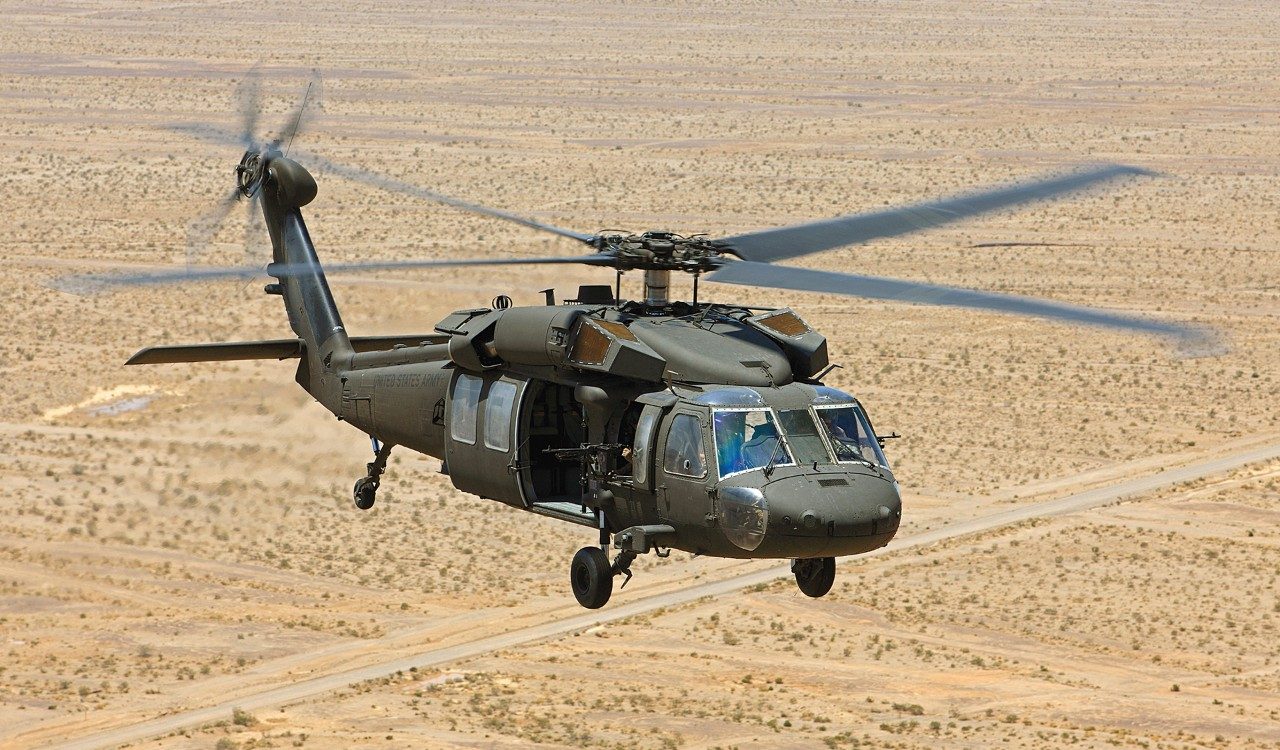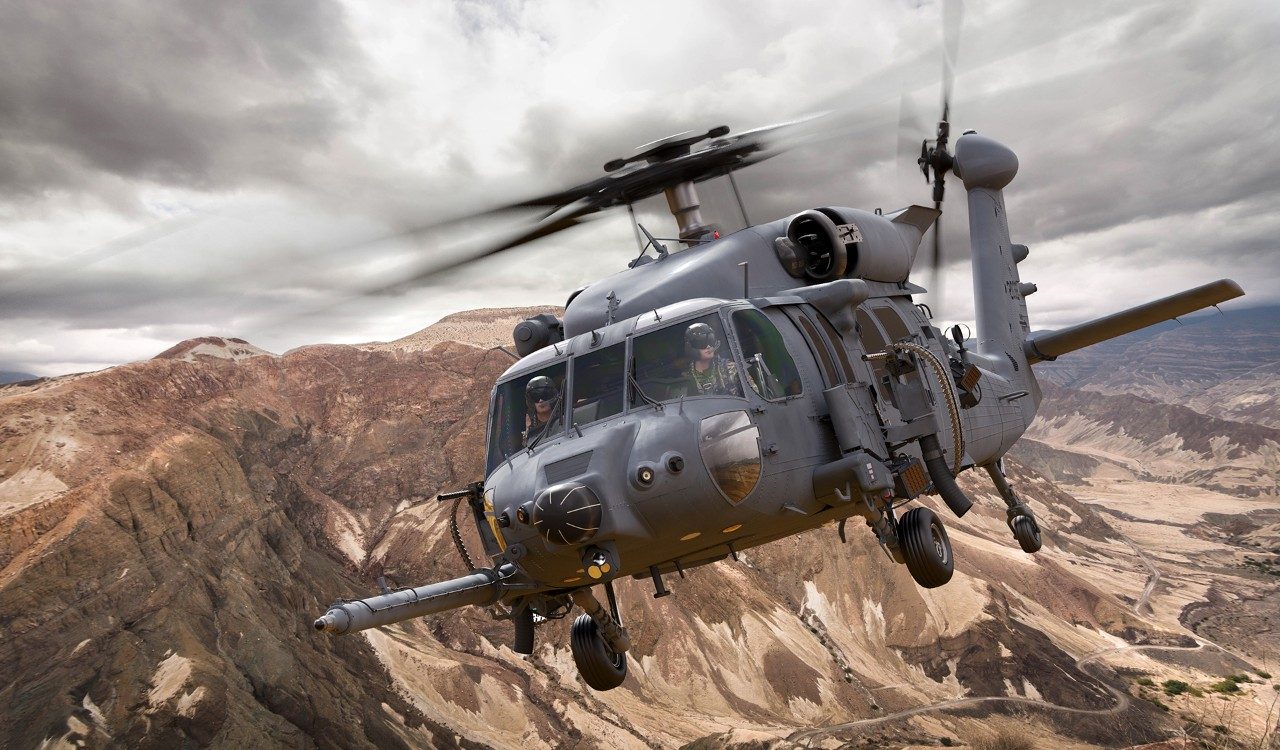UH 60 Black Hawk: Trick Attributes and Advancements
UH 60 Black Hawk: Trick Attributes and Advancements
Blog Article
The Impact of Lasting Practices on the Future of Airplane Workflow and Emissions Decrease
As the aviation sector deals with raising analysis over its environmental impact, the fostering of lasting practices becomes an essential pathway toward future aircraft procedures and emissions decrease. Advancements in sustainable aeronautics fuels and advancements in crossbreed propulsion modern technologies stand at the leading edge of this makeover, appealing significant decreases in greenhouse gas emissions. The effective combination of these efforts hinges on a range of aspects, including regulatory structures and industry collaboration. The concern stays: just how will these developing techniques improve the dynamics of flight and add to a much more sustainable future?

Overview of Sustainable Practices
Lasting practices in aircraft operations encompass a variety of methods targeted at decreasing ecological effect while keeping functional efficiency. These methods are crucial in the aviation market's commitment to reducing its carbon footprint and adhering to worldwide environmental standards. Trick initiatives include enhancing trip paths to minimize fuel intake, improving maintenance protocols to ensure airplane operate at peak efficiency, and carrying out sophisticated innovations such as winglets and light-weight materials that improve the rules of aerodynamics.

Involving and educating team on sustainability methods also play a crucial function, cultivating a society of environmental duty within organizations. Overall, the assimilation of these sustainable methods not only helps in reducing exhausts yet also improves the long-term feasibility of the air travel market, guaranteeing it meets the needs of both customers and regulatory bodies while adding to international sustainability goals.
Innovative Gas Alternatives
Many innovative fuel alternatives are arising as pivotal solutions to lower the aviation industry's reliance on typical fossil gas. Among these options, Sustainable Aviation Fuels (SAFs) have actually gotten considerable attention as a result of their possible to decrease lifecycle greenhouse gas emissions by approximately 80% contrasted to standard jet gas. SAFs are stemmed from various feedstocks, consisting of waste oils, farming deposits, and also algae, making them a flexible choice for the market.
Another promising option is hydrogen gas, which, when made use of in fuel cells, produces only water vapor as a by-product. This zero-emission prospective presents a considerable chance for decarbonizing flight operations, particularly for short-haul trips and regional aircraft. Furthermore, electrical propulsion systems are being discovered, leveraging battery modern technology to power airplane. While existing battery ability restrictions variety and payload, ongoing advancements might quickly render electric flights feasible for specific applications - uh 60.
Lastly, biofuels originated from biomass are being investigated, providing a sustainable alternative that can be blended with traditional gas. Jointly, these ingenious gas alternatives stand for a vital step toward accomplishing a lasting aeronautics community, aligning with global exhausts reduction targets and improving the sector's ecological stewardship.
Technological Advancements in Aeronautics

Exactly how can technical developments reshape the future of aeronautics? Developments such as hybrid and electric propulsion systems are at the leading edge, appealing substantial reductions in gas intake and greenhouse gas emissions.
Moreover, the execution of sophisticated products, such as lightweight compounds, adds to enhanced the rules of aerodynamics and gas performance. The usage of synthetic knowledge and machine learning in flight operations maximizes course preparation and lowers fuel melt by allowing real-time modifications based upon weather condition and website traffic problems. Additionally, the growth of autonomous and remotely piloted aircraft systems stands to revolutionize freight more tips here and passenger transportation, potentially raising effectiveness while reducing human error.
Moreover, lasting aviation modern technologies, consisting of sophisticated air traffic administration systems, can simplify operations and lower congestion, bring about lower discharges throughout flight. These improvements collectively represent a paradigm shift in aviation, assuring a future where sustainability and operational effectiveness are intertwined, consequently sustaining the market's commitment to lowering its ecological influence.

Regulatory Structure and Compliance
Taking into account the growing emphasis on environmental stewardship within the aviation sector, the regulative structure governing aircraft procedures is evolving to advertise lasting practices. Regulatory bodies, such as the International Civil Air Travel Organization (ICAO) and different national aviation authorities, are introducing rigorous guidelines focused on decreasing discharges and boosting operational performance.
These policies usually include the adoption of Lasting Aeronautics Fuel (SAF), which has actually been identified as a vital component in achieving lower carbon footprints. Compliance with these guidelines needs airlines to carry out operational techniques and advanced modern technologies, such as enhanced flight paths and improved air web traffic monitoring, to reduce gas intake.
Additionally, the enforcement of discharges trading systems and carbon offsetting initiatives is coming to be progressively widespread, engaging airlines to keep track of and report their emissions precisely. Non-compliance can lead to significant charges, thus pressing operators to focus on sustainability in their service models.
Ultimately, the advancing regulatory landscape not just drives advancement and investment in environment-friendly modern technologies yet additionally fosters a culture of liability within the air travel market. As these frameworks continue to create, the concentrate on sustainable practices will be essential to achieving the market's lasting environmental objectives.
Future Patterns in Aircraft Workflow
As the aviation sector adapts to a significantly stringent regulative setting, future patterns in aircraft procedures are established to concentrate on cutting-edge options that even more enhance sustainability and efficiency - uh 60. Trick growths will likely consist of the adoption look at these guys of sophisticated air traffic monitoring systems, which use real-time data and expert system to optimize flight paths, decreasing fuel consumption and emissions
An additional significant trend is the increased assimilation of sustainable aviation gas (SAFs) These choices to traditional jet fuel, stemmed from renewable resources, can considerably decrease lifecycle greenhouse gas exhausts. The sector's dedication to SAFs will likely increase as airlines collaborate with gas site producers to ensure schedule and cost-effectiveness.
Furthermore, the push towards electrification and hybrid propulsion systems is acquiring momentum. Emerging airplane layouts will certainly include these technologies, offering quieter and much more efficient procedures, specifically for short-haul trips.
Verdict
The adoption of sustainable air travel fuels, coupled with innovations in electrical and hybrid propulsion systems, is necessary for minimizing lifecycle greenhouse gas emissions. Optimizing trip paths and embracing innovative technologies add to a quieter and extra ecologically pleasant aeronautics sector.
Innovations in sustainable air travel gas and advancements in crossbreed propulsion innovations stand at the center of this makeover, promising significant decreases in greenhouse gas emissions.Numerous innovative fuel options are emerging as essential services to reduce the aeronautics market's dependence on traditional fossil gas - uh 60. Among these choices, Sustainable Aeronautics Fuels (SAFs) have actually gained considerable attention due to their prospective to decrease lifecycle greenhouse gas discharges by up to 80% compared to standard jet fuels.Another substantial pattern is the increased integration of sustainable aeronautics fuels (SAFs) The adoption of lasting aviation fuels, coupled with developments in electrical and hybrid propulsion systems, is important for minimizing lifecycle greenhouse gas exhausts
Report this page